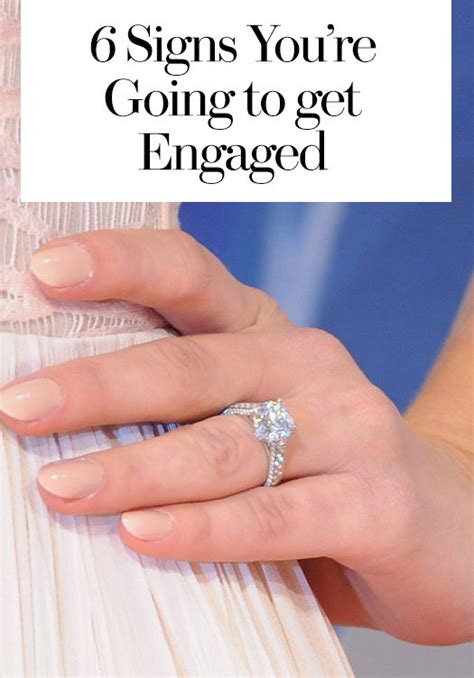Is Your Amber Ring Real? The Telltale Signs
Amber, fossilized tree resin, boasts a captivating beauty that's captivated humans for millennia. Its warm, honeyed tones and intriguing inclusions make it a popular choice for jewelry, but the market is unfortunately rife with imitations. Knowing how to identify genuine amber is crucial if you're considering purchasing a piece or already own an amber ring and want to verify its authenticity. This guide will equip you with the knowledge to distinguish real amber from its cleverly crafted counterfeits.
How Can You Tell if Amber is Real?
Determining the authenticity of amber requires a multi-faceted approach. No single test is foolproof, but combining several methods dramatically increases your accuracy.
The Saltwater Test
This is a widely known, simple test. Unsalted water isn't dense enough, but salt water is. Genuine amber floats in a saturated saltwater solution (approximately 1:4 salt to water ratio). If your ring sinks, it's almost certainly not real amber. However, be mindful; some expertly crafted imitations might also float, rendering this test inconclusive on its own.
The Heat Test (Proceed with Caution!)
This test requires extreme caution. Genuine amber warms slowly when rubbed against your skin. Hold the ring against your skin and observe—it should feel slightly warm, not hot. Important: Never hold amber near an open flame or apply direct heat, as this will damage it. This test is more effective on unpolished, raw amber pieces.
The UV Light Test
Many types of amber fluoresce under ultraviolet (UV) light. Genuine amber often exhibits a blue or bluish-white fluorescence. However, this test is not definitive, as some synthetics can also fluoresce, and not all genuine amber fluoresces. It's best used in conjunction with other tests.
The Smell Test (When Heated Carefully)
When gently heated (again, avoid direct flame!), real amber emits a distinct, pleasant piney-resinous aroma. Imitations often smell acrid or plastic-like. This test requires extreme caution, as overheating will damage the amber.
Examining the Inclusions
Genuine amber frequently contains trapped insects, plant material, or air bubbles. These inclusions are often irregular and unique. Counterfeit amber may have inclusions, but they're usually uniform and look artificially placed. Examine your ring closely with a magnifying glass to check for these unique characteristics.
What Materials are Commonly Used to Imitate Amber?
Understanding what materials are used to mimic amber aids in identifying the real deal. Common imitations include:
- Plastic: Often the most common imitation, plastic is easy to mold into various shapes and colors mimicking amber.
- Copal: A younger, softer resin sometimes sold as amber. It lacks the hardness and age of true amber.
- Glass: Glass can be colored and shaped to resemble amber.
- Pressing: Compressed amber bits bonded together; still amber, but not a solid, single piece and much less valuable.
How to Find a Reputable Amber Seller
Purchasing from a reputable seller significantly reduces the risk of acquiring a fake. Look for dealers with:
- Certificates of authenticity: Reputable sellers often provide certificates verifying the amber's authenticity.
- Detailed descriptions: Check for descriptions specifying the type of amber and any treatments.
- Positive reviews: Read online reviews to gauge the seller's reputation and customer satisfaction.
Is it Worth Getting Your Amber Ring Appraised?
If you have doubts about the authenticity of your amber ring or wish to establish its value, consider professional appraisal. A gemologist can perform tests and provide a definitive assessment.
By carefully employing these methods and exercising due diligence in selecting your amber jewelry, you'll significantly improve your chances of owning a genuine and beautiful piece of history. Remember that a combination of tests provides the most reliable results.

